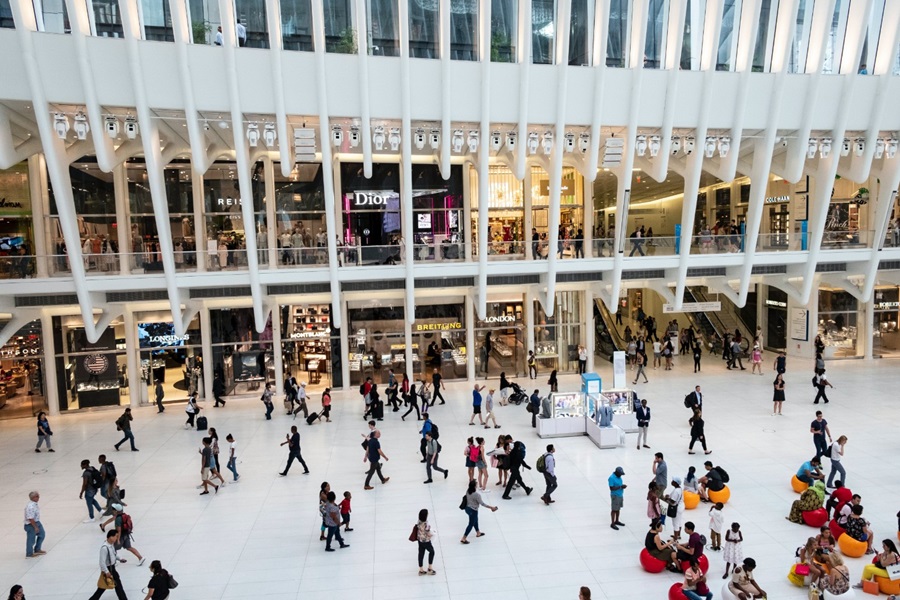In a couple of months, my hometown of Munich would have seen the construction of big beer tents, trucks arriving with equipment for rides, everybody bustling with activities to get ready for the world’s largest beer and folk festival. Instead, we need to get prepared for yet another empty space, as the Bavarian government this week announced the cancellation of the “Oktoberfest” due to COVID-19. With an expected six million visitors from all across the world, unable to socially distance in any way or form, this is a sensible decision. Yet it is another example that, even while some governments are beginning to slightly lift the lockdown, we are far away from returning to normal anytime soon.
While normality is very much wanted and needed in our personal lives, when it comes to managing customer experiences it is time for brands to challenge themselves as to whether they really should go ‘back to normal’.
Avoiding the mediocrity trap
Without going too deep into etymology, the origin of the word “normal” stems from the Latin “normalis” and describes what we perceive as usual, to be expected, ordinary. And that is exactly what brands should avoid. For decades companies have worked on improving their operational performance, mapping out their business processes, written volumes of service handbooks that detail how employees should interact with customers. This has undoubtedly contributed to overcoming severe process failures and led to valuable gains in efficiencies. But the unintended result has also been that – from a consumer perspective – many products and services look the same. Whether it is buying a new washing machine or an insurance policy, we struggle to differentiate between the abundance of offers.
The tendency to focus on eliminating our weaknesses is deeply ingrained in society. Parents engage tutors to help children improve in subjects where they struggle, but few actively invest in maximising talents in areas where they are great. In our working lives we are often confronted with “improvement areas” during performance reviews and a focus on plans to overcome those, instead of understanding how to leverage our strengths in the best possible way. The same is true for many customer feedback programmes which focus on detractors only. While it is of course important to react to complaints and repair service failures, it is dangerous to ignore the vast group of customers who sit “in the middle” and had neither a particularly bad, nor a particularly good experience. Because of the much bigger size of this group, the majority of attrition will come from those customers who weren’t disappointed or irritated – but who also have not been given a good reason to stay with a brand.
It’s the difference that makes a difference
Neuroscience and Behavioural Economics have taught us that our brain works largely by retrieving memories of previous experiences. And our emotions are in charge of sorting out which information from these memories is relevant, and which is not. Strong emotions (whether positive or negative) shape memories, and memories of experiences are decisive for future buying behaviour. Kantar’s global CX+ insights show that across categories, between 25 to 30% of customers feel only “neutral” about the last interaction with their brand. Those customers show little preference for their brands and loyalty is weak. Providing a neutral experience is not enough to stay in the minds of customers and not enough to stay relevant as a brand.
This doesn’t mean that brands have to be excellent in everything they do. Quite the opposite. Sometimes “good” is good enough. But brands need to be excellent in those moments that matter most to their customers, and deliver experiences that match what they stand for as a brand. Deciding where to focus investments is one of the most challenging tasks: which parts of the customer journey need to simply make it easy for the customer? Which touchpoints need to create delight? And where can we possibly deprioritise effort?
During the pandemic many brands have been forced to think out of the box and adapt how they manage customer experiences. In Germany, Aldi and McDonalds entered a partnership that allows them to exchange staff in a quick and unbureaucratic way. McDonalds employees working in Aldi supermarkets thus mean that shelves are stocked and waiting times reduced. Taking a different approach, the supermarket Iceland reserved the first hour of trading for elderly customers only. All this has been done with an “outside-in” view on what the customer needs, and in an agile way. To secure lasting customer relationships, both should stay in place once the crisis is over.
Agile, cross-functional CX teams now have the opportunity to refocus on what the brand stands for, understand where to truly make a difference and translate this into a new customer strategy – one that consciously goes beyond the norm.

